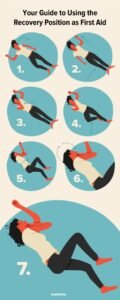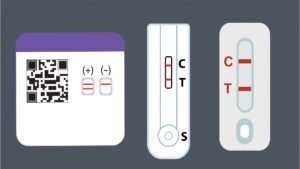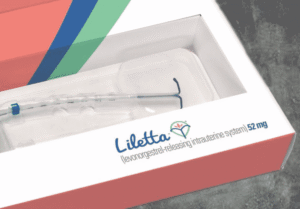Outcome Measurment Tools in Physical Therapy
Understanding Outcome Measurement Tools in Physical Therapy
Read Time: 3 Minutes
Outcome measurement tools are standardized assessments and evaluations that physical therapists use to objectively track your functional progress throughout rehabilitation. These tools are critical in providing accurate data about your mobility, strength, and overall physical capabilities.
Why Outcome Measurement Tools Matter
Outcome measures serve several essential purposes in physical therapy, including:
-
Guiding goal-setting for treatment plans
-
Supporting patient motivation and engagement
-
Helping physical therapists design targeted interventions
-
Offering diagnostic insight specific to your condition
-
Providing documentation that justifies ongoing treatment
In addition to these tools, your therapist may also assess other parameters such as strength, range of motion, posture, and balance to get a full picture of your physical health.
Key Qualities of Effective Measurement Tools
To be truly useful in a clinical setting, outcome measurement tools must meet certain standards:
-
Reliability: Results should be consistent across different patients and conditions.
-
Validity: The tool must accurately measure what it is intended to evaluate.
-
Ease of Use: Tools should be straightforward and quick to administer, especially given the time constraints in most clinics.
-
Practical Relevance: The results should reflect your current functional ability and challenges.
Commonly Used Functional Assessment Tools
Here are some widely used outcome measurement tools in physical therapy:
-
Timed Up and Go (TUG) Test
-
Tinetti Balance and Gait Assessment
-
Berg Balance Scale
-
Six-Minute Walk Test
-
Functional Reach Test
-
Oswestry Low Back Pain Disability Questionnaire
-
Functional Independence Measure (FIM)
Each tool provides specific insights. For example, a TUG test time greater than 10 seconds may indicate decreased mobility and an increased fall risk.
Setting and Achieving Functional Goals
These assessments provide a baseline for your current capabilities. If your TUG score is 19 seconds, a realistic and motivating goal may be to reduce it to 10 seconds over time. Hitting such milestones not only proves therapeutic success but also boosts your confidence and independence.
When to Consider Physical Therapy
If you’re experiencing mobility issues or challenges performing everyday tasks, physical therapy can help restore your function. Don’t hesitate to ask your therapist about how they use outcome measurement tools to tailor your recovery plan.
💡 Frequently Asked Questions
Q: Are outcome measurement tools necessary for every patient?
A: While not always required, they greatly enhance the accuracy of diagnosis and effectiveness of treatment plans.
Q: How often are these tools used during therapy?
A: Therapists may use them at the beginning, during reassessment phases, and upon discharge to track progress.
⭐ Expert Tips
-
Set specific and time-bound goals based on your measurement results.
-
Don’t get discouraged by initial scores—progress is the goal.
-
Stay consistent with therapy sessions to see measurable improvement.
✅ Key Takeaways
-
Outcome measurement tools guide and improve your physical therapy journey.
-
These tools offer measurable benchmarks to track your progress.
-
They help in customizing treatment plans tailored to your functional needs.
📣 Join Our Wellness Community
Get more tips on physical wellness, injury recovery, and mobility enhancement by subscribing to our newsletter today!
Subscribe Now








